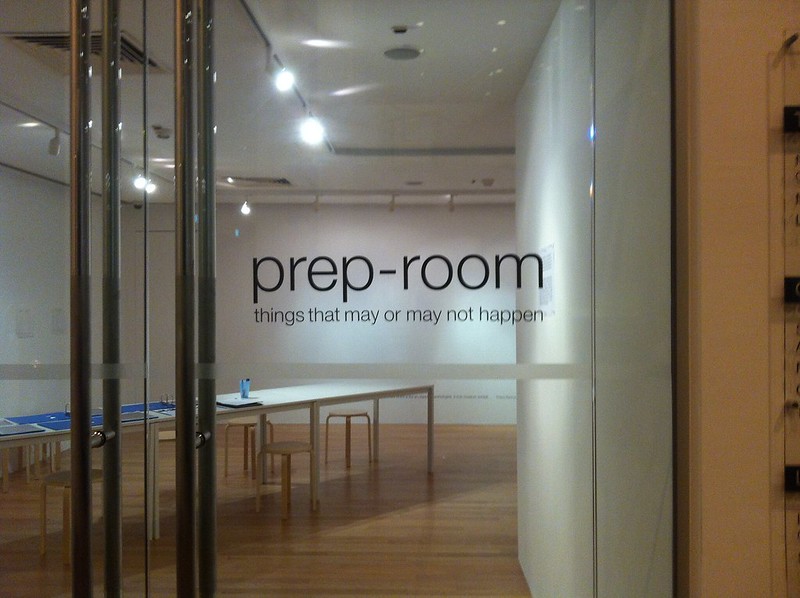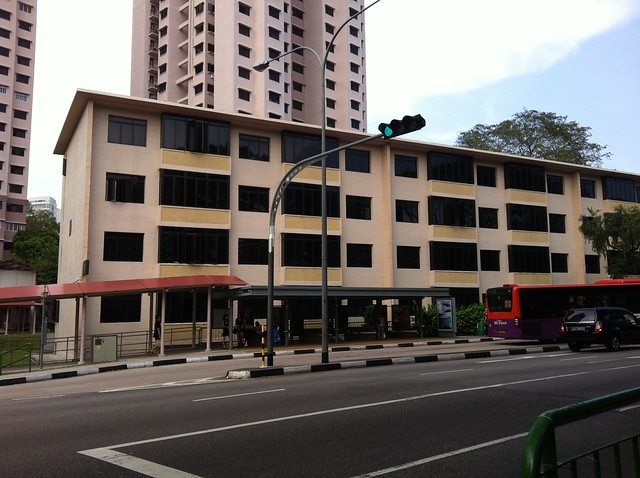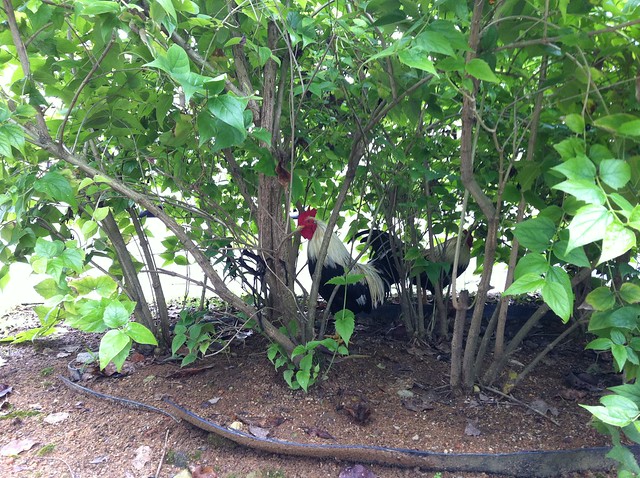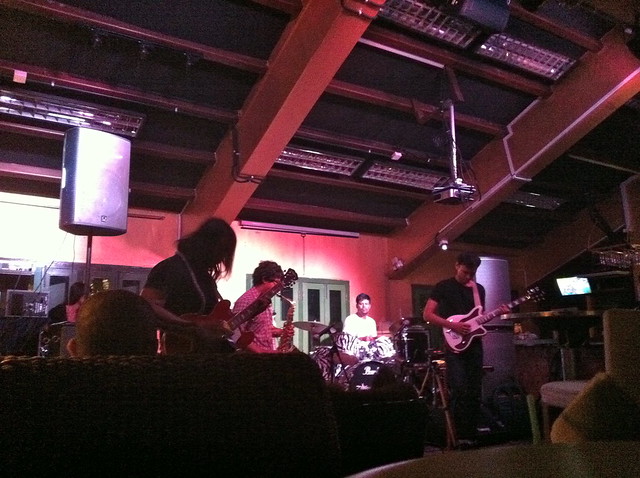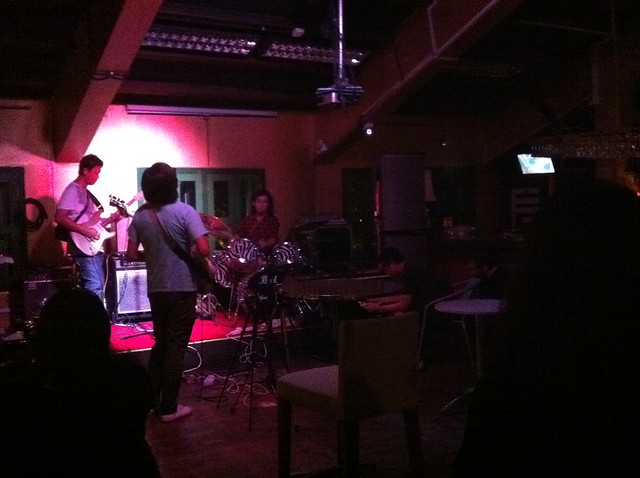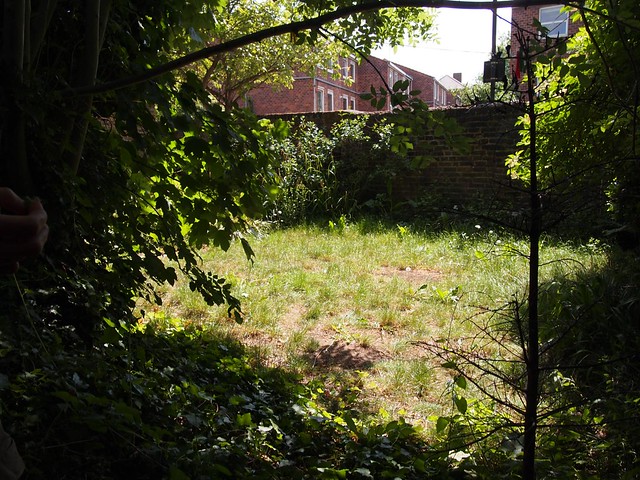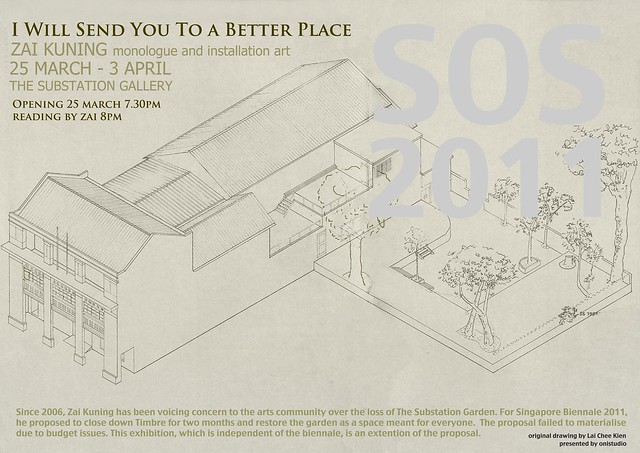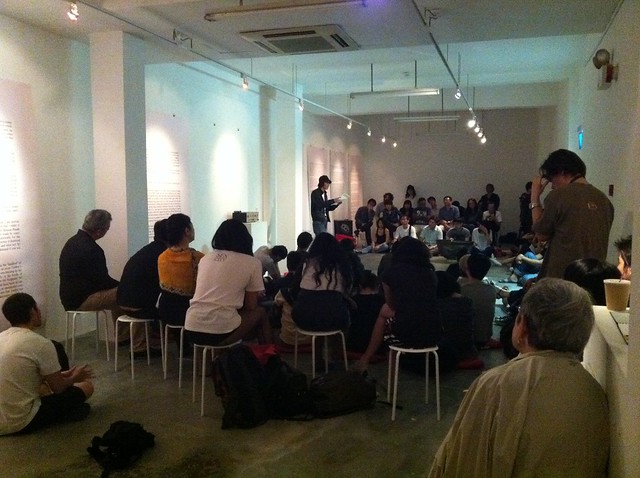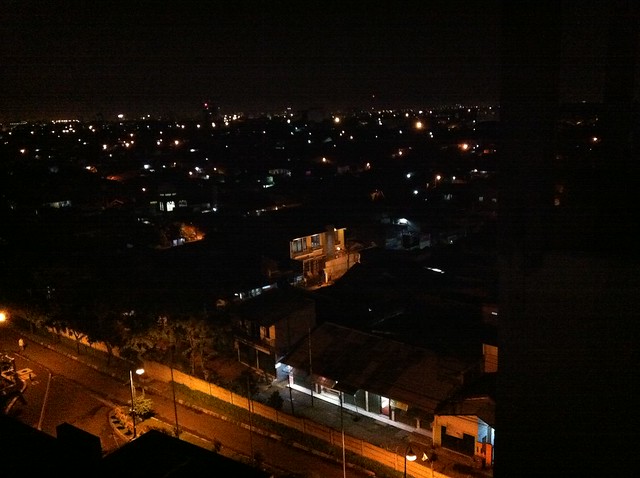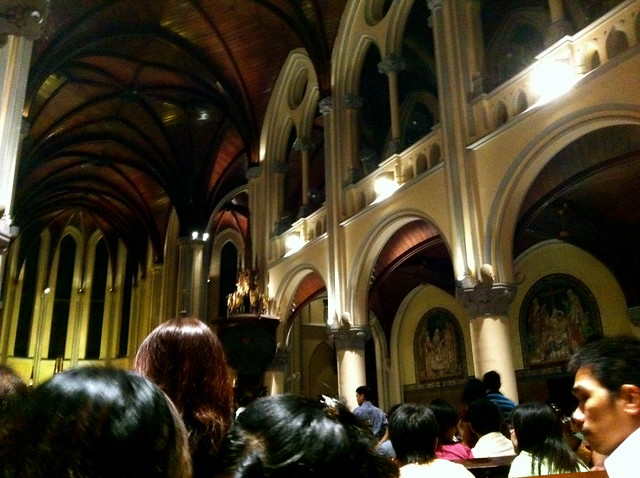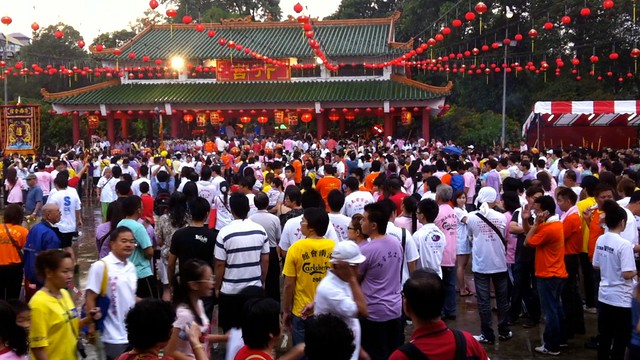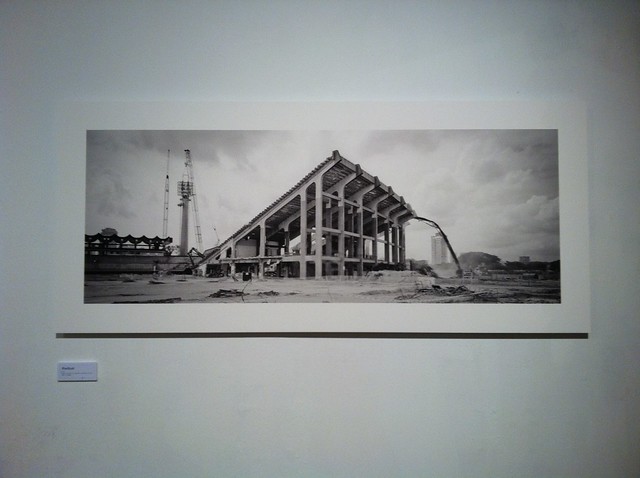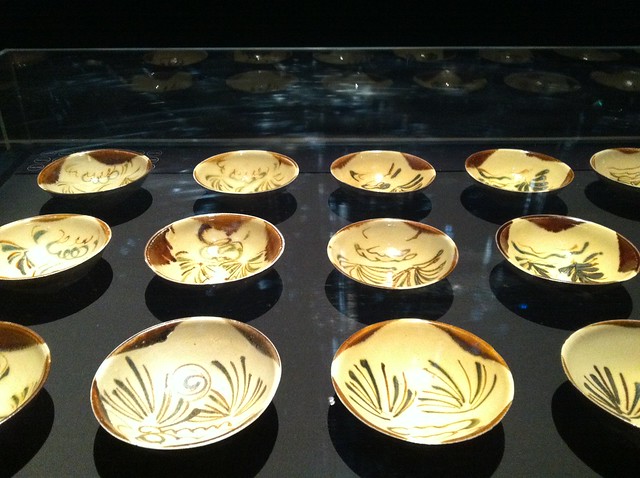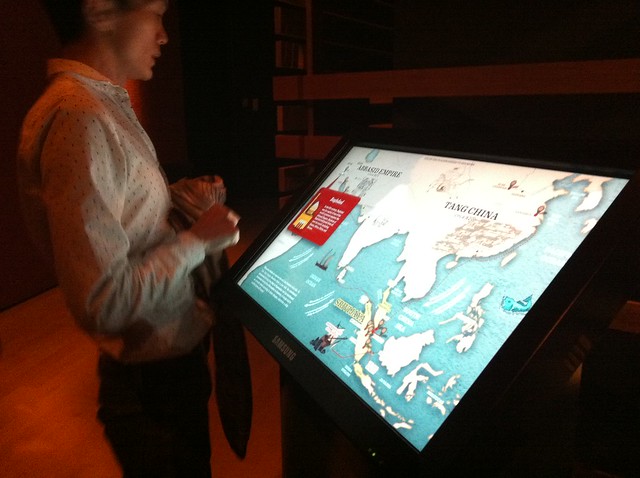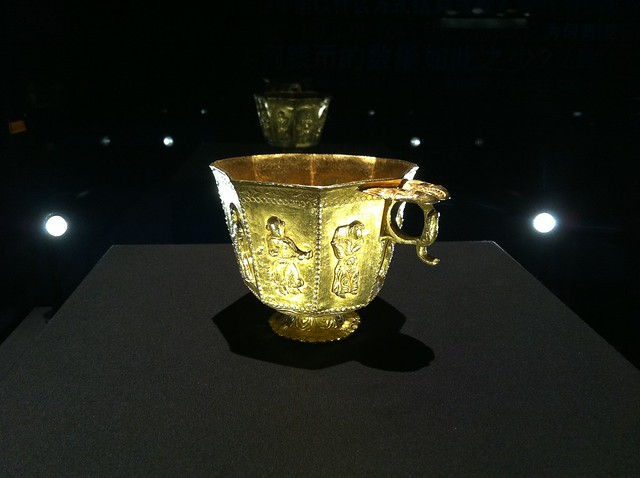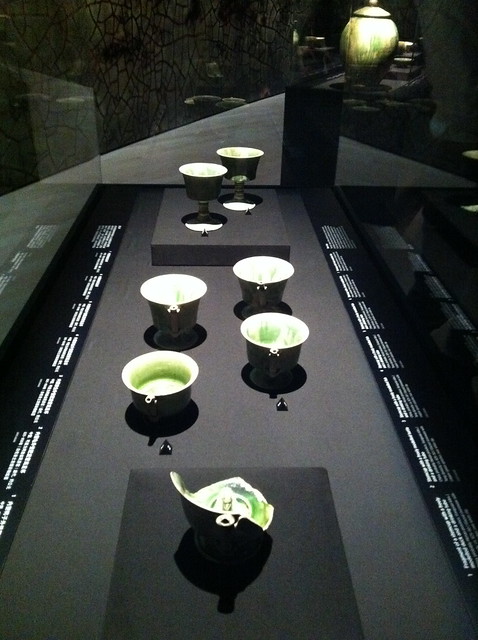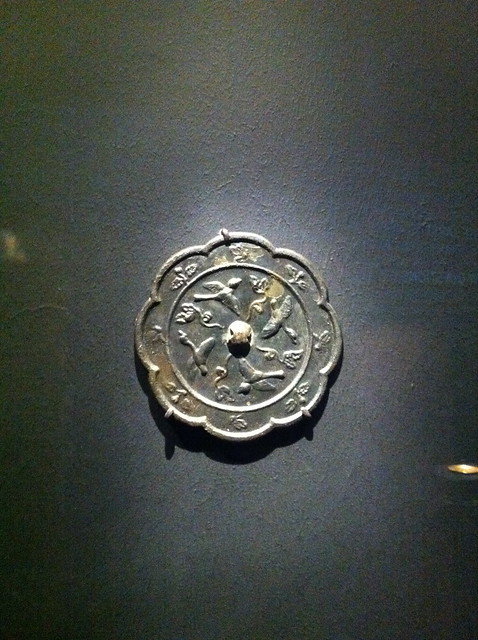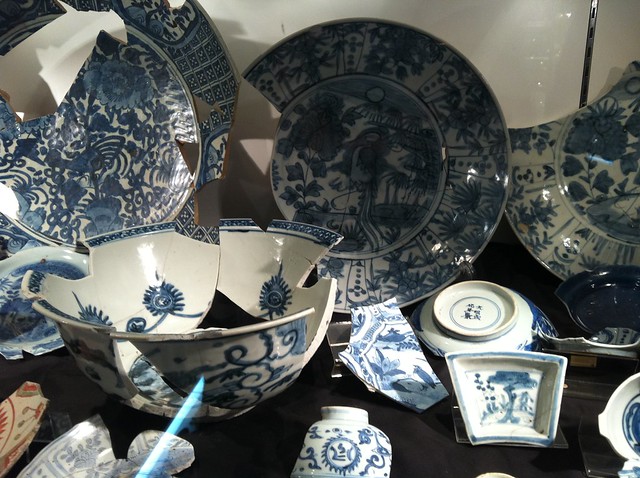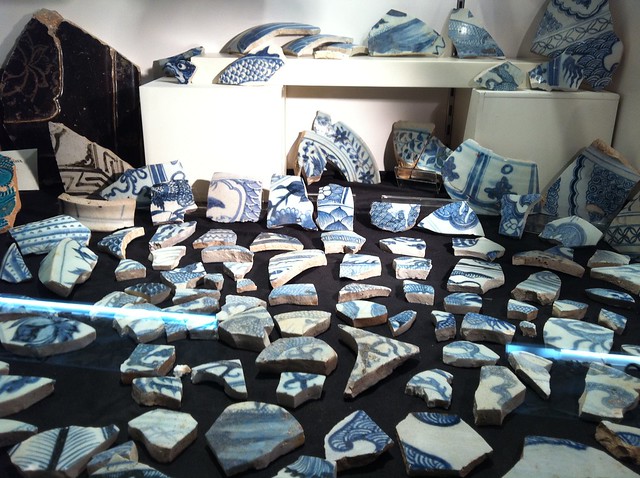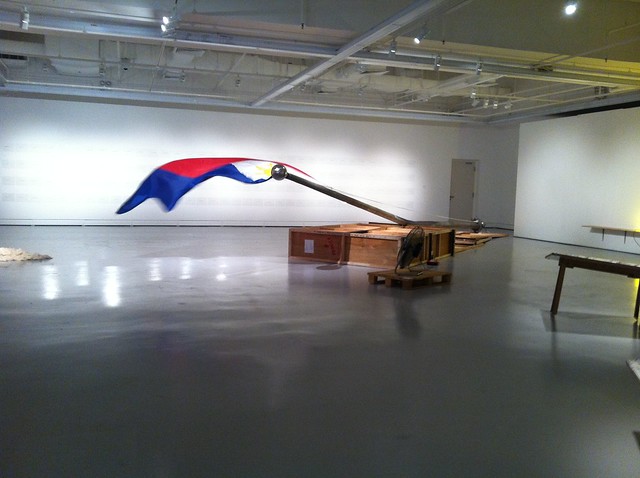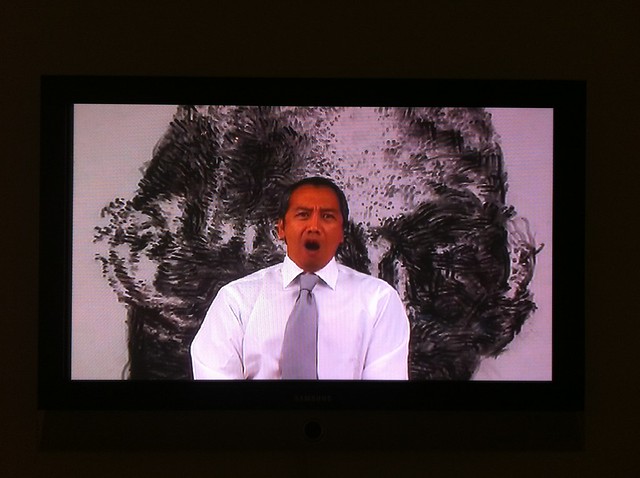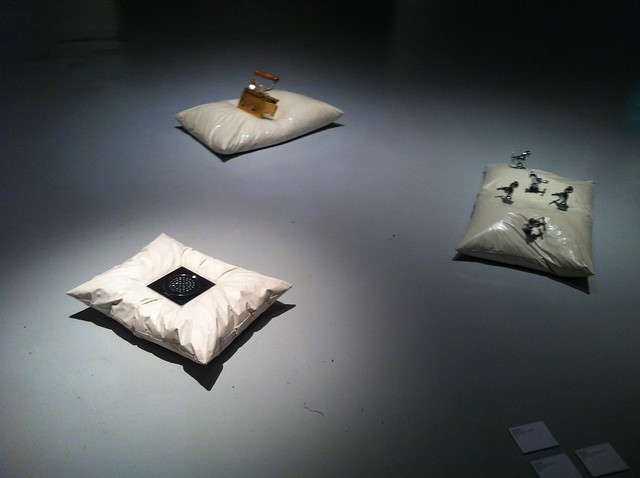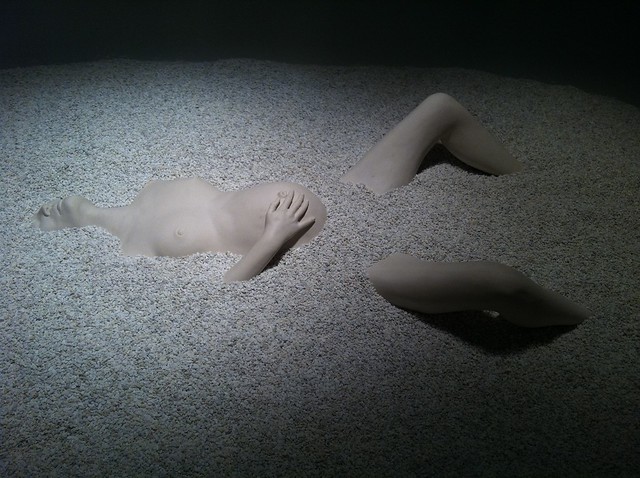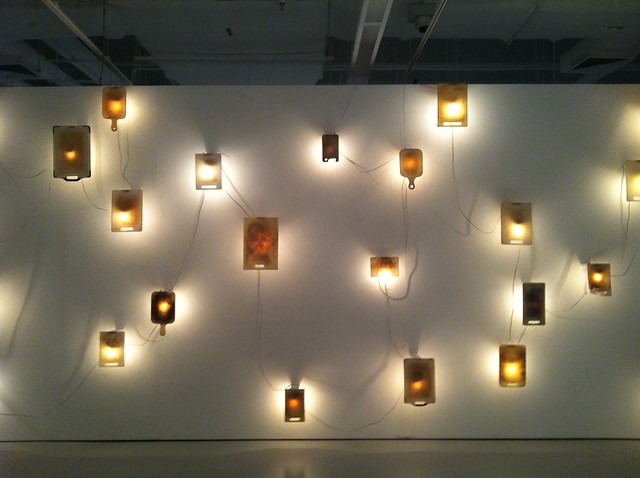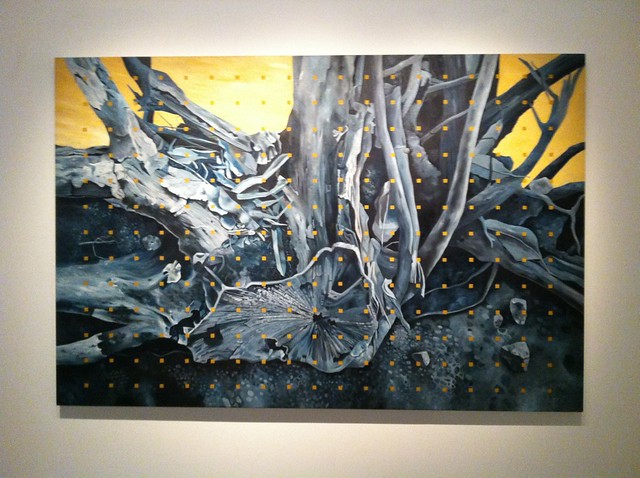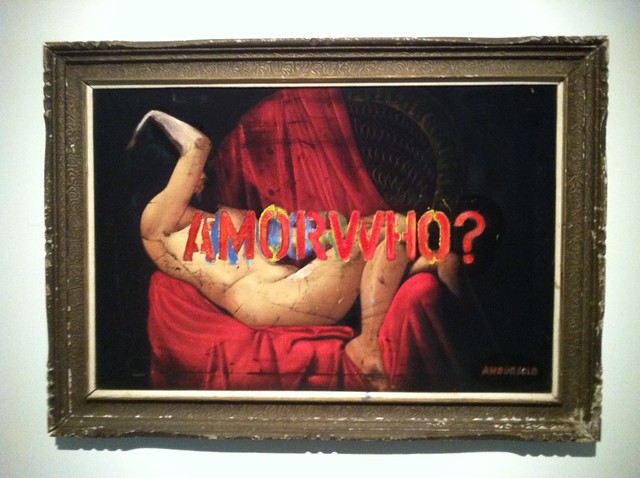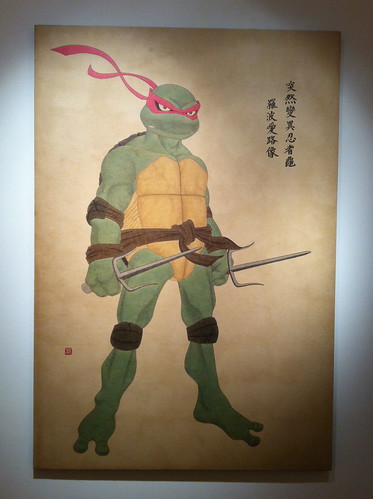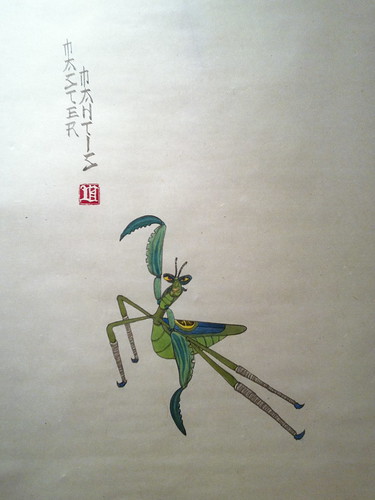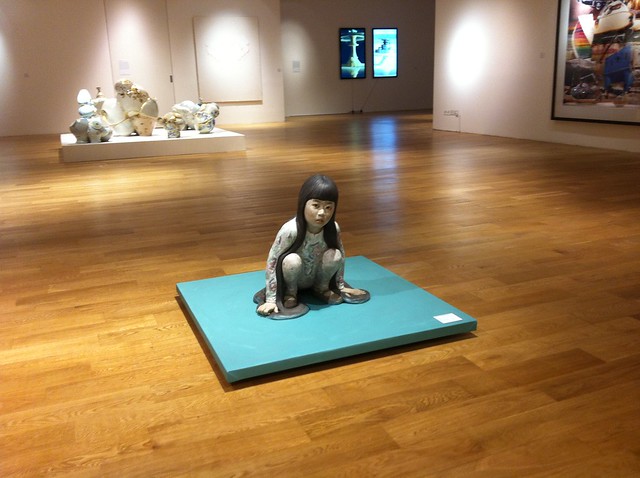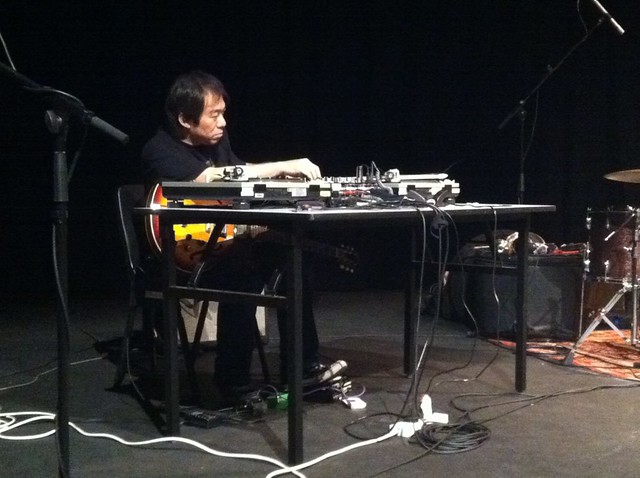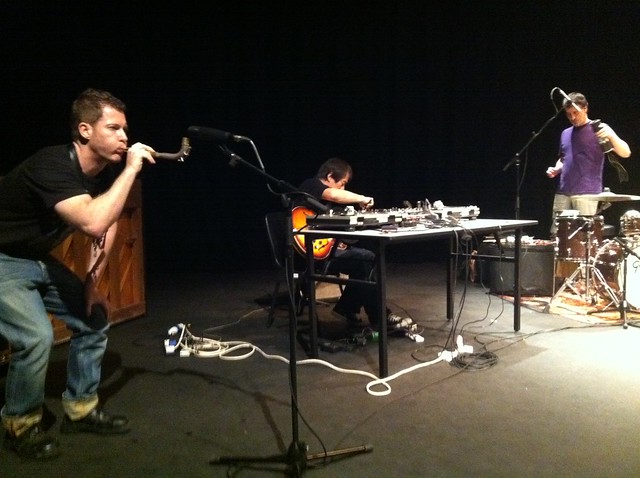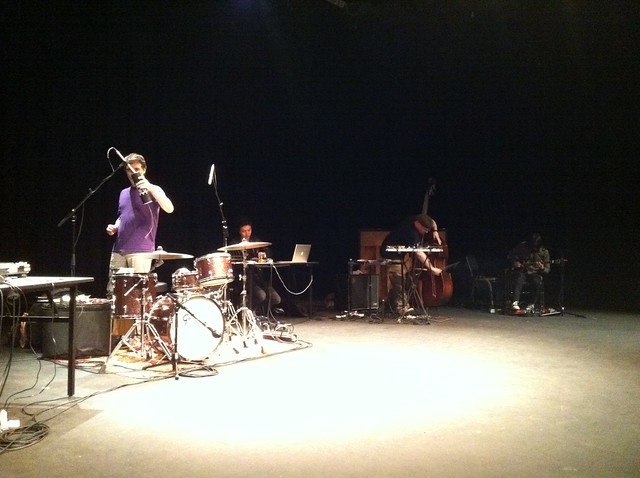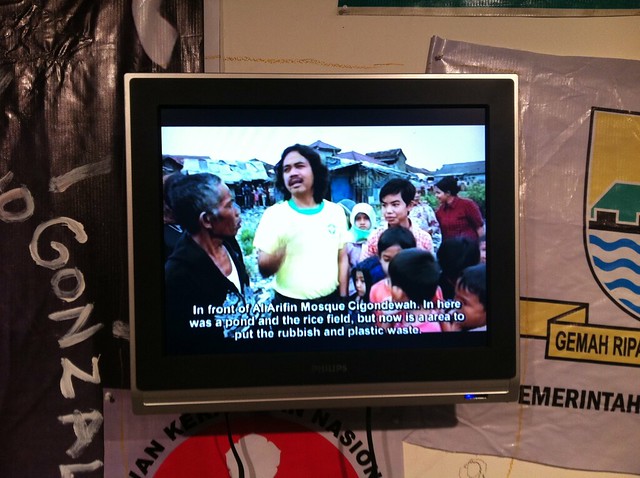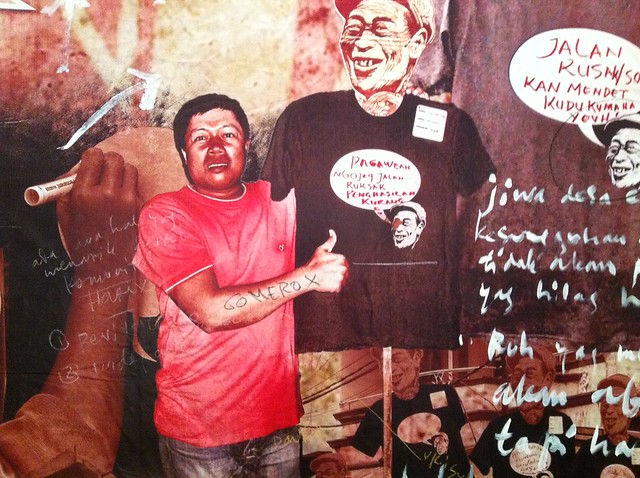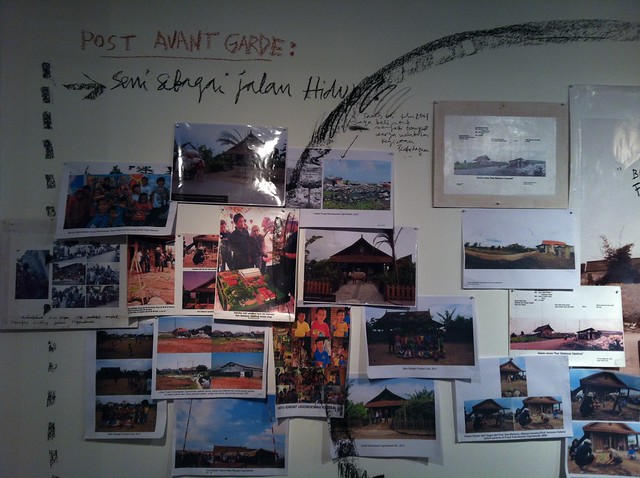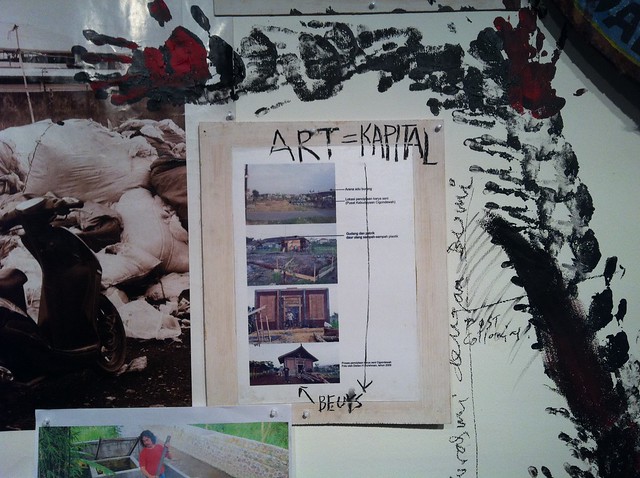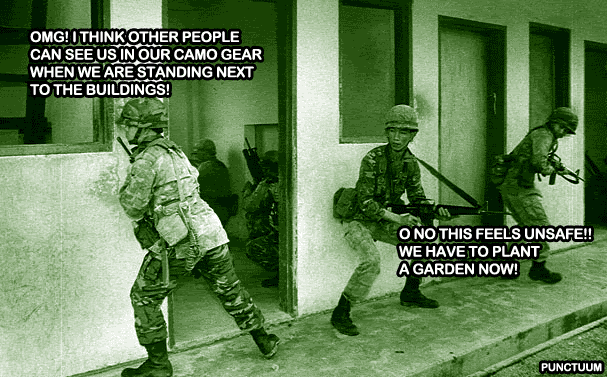The Belitung Shipwreck and Bukit Brown
(14 April 2012, Mochtar Riady Auditorium, Singapore Management University)
Presented by The Singapore Heritage Society and the School of Law, Singapore Management University
From the introductory text:
In general, heritage refers to the inheritance – both physical and intangible – bequeathed on the present by the past. Beneath this straightforward understanding, however, lies myriad implications and complications, particularly in the present age of globalised interests and diverse nation-states. While there is little dispute about the overall value of heritage in providing a window of knowledge to the past, that value is usually complicated by questions of ownership, the costs of recovery and preservation/conservation.
Such questions raise further issues, including the tussle between tradition and development, the ethics and legalities surrounding heritage recovery and conservation, and engagement between the state and civil society. Such issues were ever-present in the recent Belitung shipwreck controversy as well as in the ongoing debate over the future of Bukit Brown Cemetery. The manner in which Singapore has approached these two heritage issues and others has significant implications and consequences for how Singapore determines the value of its heritage, or, indeed, how heritage is defined in Singapore in the first place.
What are the considerations and concerns involved in making such decisions? How far is Singapore willing to go to preserve or to conserve heritage?
Speakers
Dr Michael Flecker is Managing Director, Maritime Explorations. Michael has 25 years of experience in surveying for and archaeologically excavating ancient shipwrecks. His speciality is ancient Asian ship construction. He earned his Ph.D. from the Southeast Asian Studies Department of the National University of Singapore based on his excavation of the 10th century Intan Wreck in Indonesia.
Dr Hui Yew-Foong is a Fellow and Coordinator of the Regional Social and Cultural Studies Programme at the Institute of Southeast Asian Studies. As an anthropologist, his research interests include the Chinese minority in Southeast Asia, religion and politics, and the heritage value of cemeteries. He is the author of Strangers at Home: History and Subjectivity among the Chinese Communities of West Kalimantan, Indonesia (2011).
Mr Kwa Chong Guan is a Member of the National Heritage Board and Chairman of its National Archives Board. He is also a member of the Asian Civilisations Museum Board and chairs its Acquisition sub-committee.
Assistant Professor Jack Tsen-Ta Lee has been with the School of Law, SMU, since 2008. His primary areas of teaching and research are constitutional and administrative law, but he has a particular interest in cultural heritage law, having studied the subject when he did his Master of Laws (LLM) at University College London on a British Chevening Scholarship.
Dr Kevin YL Tan is the Immediate Past President of the Singapore Heritage Society and the author of over 27 books and over 50 articles on law, history and politics. He is currently Adjunct Professor at both the Faculty of Law, National University of Singapore and the S Rajaratnam School of International Studies, Nanyang Technological University.
About the Singapore Heritage Society: In 2012, the Singapore Heritage Society celebrates its twenty-fifth anniversary. The Society is a non-government organisation and a registered charity, dedicated to the preservation, transmission and promotion of Singapore's history, heritage and identity. The Society has been active in advocacy efforts for many heritage issues in Singapore, such as the development of Chinatown during the early 1990s, the fate of the old National Library at Stamford Road, and currently, the future of Bukit Brown and the former KTM railway land. The Society has, since its inception in 1987, worked and will continue to engage with relevant state agencies and interested individuals and groups to increase awareness and interest in Singapore's heritage and past.
Here are some of my notes on this forum organised by SMU and the Singapore Heritage Society. In a strange coincidence, I finished typing out these notes an entire year after the actual talk, so some liberties may have been taken with the way they were expressed by the original speaker. The point of this document is simply to make some of the points of interest mentioned in the forum available to more people who may not have attended it. If I have misquoted anything, please let me know and I would be happy to edit it.
1. Dr Kevin Tan - Preamble
- In discussions here, are we creating false dichotomies - pitting progress against heritage? Or are these real hard choices that need to be made?
2. Dr Michael Flecker - Heritage in Singapore: The Belitung Wreck
- Singapore has acquired "regional cargo" after spending 32 mil to acquire the Belitung Wreckage. Most of this cargo is Changsha wares dating back to around 826. This was retrieved by the Australian commercial company Seabed International which had been combing that area. As there were fears of looting which was already ongoing, the Indonesian government engaged them to do the salvage as quickly as possible.
- Work was done in two seasons. In the first season there was little to no archaeological work done (some data was lost) but the company that did it was well familiar with the practices done by archaeologists having worked with them in the past. In the second season everything was gridded and there was as much archaeological work done as there could possibly be done.
- Items were lovingly restored and desalinated in NZ for no reason besides that Seabed liked to go to NZ. On 24 Oct 2004, ST News Page 3 prints article with headline "Sentosa bid to buy Sunken Tang Treasures". In 2011, the wreckage is exhibited at an exhibition entitled "Shipwrecked: Tang Treasures and Monsoon Winds" at Marina Bay Sands ArtScience Museum.
- However, because of the lapses in the first season there has been intense debate over the manner in which the Belitung Wreck was treated and salvaged, and whether it should be allowed to be exhibited. Smithsonian has said they will not exhibit the artifacts because it was not ethically obtained.
- Although the spectacular Changsha wares and Gold Cup and other beautiful artifacts have been generally seen as emblematic of this cargo, there are also many other notable and interesting items in the cargo that are perhaps less spectacular but no less interesting and should not be missed out on, such as the arrowheads, lead bars, star anise, and walnuts. These may not have been in the show itself.
- In a sense, from reading the comments made, it appears as if those parochial colonials at the Smithsonian rather we see nothing. They would rather we put it all back into the sea. But all these items are in the warehouses already and there are so many studies that can be done that can be meaningful. It is up to Singapore now to decide what we do with the artifacts and what meaning we want to make from it. Who cares what the Americans say?
3. Dr Hui Yew-Foong - Documenting Bukit Brown
- (Brief history of formation of Bukit Brown) Prior to 1922, where were chinese people buried? If you were Christian, you would be likely to be buried in Bidadari Cemetery. If you were from a clan, you would be buried in a clan plot. If you were rich, you probably had a private plot. After Bukit Brown Cemetery was set up to accommodate all of the Chinese community including rich and poor, it was decided that everyone should have equal access to burial plots and that no one could have two plots. Introduction of a bylaw in 1923 meant that spaces for the dead were to be mediated by the state rather than by clan, with no special favours allowed.
- (On the task of documenting all the affected graves in Bukit Brown) There are about 4000 affected graves and they are to be assessed using GIS + Fengshui.
- Graves are not just the burial of the dead but also a monument to life - a mnemonic landscape of people - the Nanyang Chinese.
- A look at some of the notable graves affected (not comprehensive list here, just what i noted down from Dr Hui's talk):
Khoo Seok Wan (邱菽园 Qiu Shu Yuan) - Khoo Seok Wan was a poet and literary figure who coined the chinese phrase "星洲" (xin zhou / star island), which is a popularly used name for Singapore.
Ong Seah Say (王声世 Wang Sheng Shi) - A member of the Tong Meng Hui, formed by Sun Yat Sen.
See Tiong Wah (薛中华 Xue Zhong Hua) - municipal commissioner and local leader
Wee Chim Yean (黄深渊 Huang Sheng Yuan) - Lieutenant of the Bengkalis. - (Intangible heritage) Numerous unmarked grave plots with fresh offerings - qingming leaves traces. Anthropologists like to make it out to be an "economic transaction" or as gift giving in the sense of potlatch
4. Dr Hui Yew-Foong - Belitung / Bukit Brown
- Legal Implications/Issues of Belitung - Was its recovery lawful? Would it have been more ethical to leave it in situ? Or salvaged in another manner? Indonesian waters - should it be under indonesian law (domestic law) or international law? If they engaged in seabed exploration then is that under Indonesian law? Even Elizabeth Bartman (president of Archaelogical Intstitute of America) admits it is technically legal.
- Counter-argument to the arguments against its recovery - In situ would be impractical due to looting incidents. The sale of the artefacts funding the excavation project which would have otherwise been financially impossible. It was also sold as a whole set by Salvor, not piecemeal. Attempts were made to apply proper archaelogical principles and recording in 2nd season of excavation.
Does this encourage treasure hunting (as feared)? No, not really. - Is a judicial review of Bukit Brown possible? Can we sue the government under "administrative law" to ask for them to review the status of Bukit Brown and what will be done with it? Law is made so that you want suitable cases to be considered, but you also don't want to encourage a litigious society.
- What are the options? There are possibly two - 1: ask for quashing order (ie: dont do this now), or 2: mandatory order (reconsider the law now!). Next issue is the concept of "interest". How do you prove interest? How do you prove that you have financial, legal, or an expectation to have a greater say in decisions about that land more than others?
- Example 1: Rose Theatre Trust case. An Elizabethan theatre which built in 1587 by Philip Henslowe which was the first to stage a production of any of Shakespeare's plays. Was threatened with the prospect of development works to build over the plot. An initial application was made by the standing of interest groups working with that space to ask for an order under the Ancient Monuments and Archaeological Act 1979 to give the Rose Theatre protected status. This was refused and they went on to challenge the decision by way of a judicial review of the administrative action of the Secretary of State. Unfortunately the Divisional Court ruled they did not have standing to challenge it. If the individuals do not have standing, the group doesn't have more standing as a whole either. This case helped pave the way for thinking about what constituted the standing of interest groups.
- Example 2: World Development Movement Ltd. 1995. UK overseas aid budget was to be used by an organization to construct a hydro-electric power station on Pergau river in Malaysia. World Development Movement, an anti-poverty campaigning group asked for judicial review of the provision of this financial aid for the project, as it was believed this was not good use of overseas aid budget. It was heard by the court and the group was deemed to have had sufficient interest to challenge it because of their knowledge and expertise in the area.
- So what can we do about Bukit Brown?
5. Kwa Chong Guan
- What is Belitung's significance? What is archaeology's significance? Framing SG's history in that long history of trading cycles. Its not entirely "God-given", although the conditions were right for a good port. We were chosen as a location for a port, and there could have been many other good ports along the way. Do we even have to ask the question of whether Singapore's history starts before 1819?
See also:
Shipwrecked: Tang Treasures and Monsoon Winds (Catalogue)
UK Planning Policy Guidance 16: Archaeology and Planning

